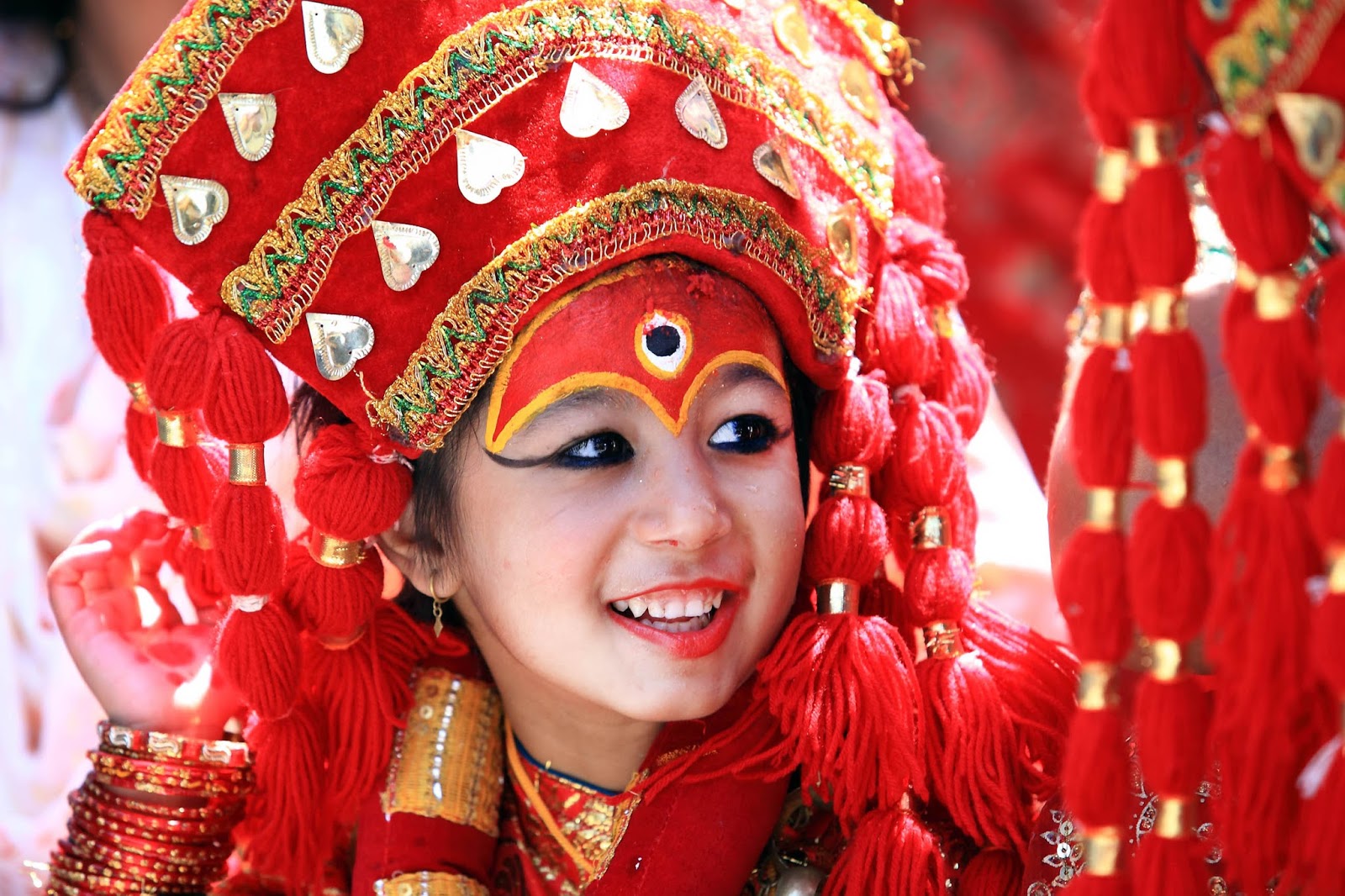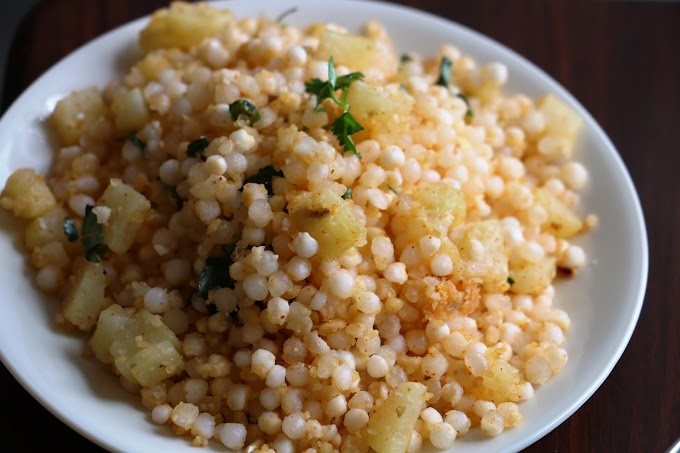Every year, Kumari Puja is held at the end of the Mahashtami Puja of Durga Puja, but according to some opinions, this puja can also be held on the day of Navami Puja. The method and greatness of Kumari worship are described in detail in religious texts such as Yoginitantra, Kularanvatantra, Devipurana, Stotra, Kavacha, Sahasranama, Tantrasara, Pranatoshini, Purohitdarpana.
What kind of Kumari can be worshipped in Kumari Puja?
Kumari Puja is the worship of a virgin girl who is not more than sixteen years old according to Tantra. To be more precise, according to Tantra, a girl under the age of sixteen, who has not started menstruation, is worshipped as a symbol of Goddess Durga.
Kumari Puja is especially performed as part of Durga Puja. In addition, Kumari Puja is also practiced on the occasion of Kali Puja, Jagaddhatri Puja and Annapurna Puja and in the Kamakhya Shakti Kshetra. Currently, the practice of Kumari Puja has decreased.
In this case, any Kumari girl between the ages of one and sixteen can be worshipped. During the worship, all these Kumari girls are called by different names according to their age.

1) One year old daughter - Sandhya.
2) Two year old daughter - Saraswati.
3) Three year old daughter - Tridhamurti.
4) Four year old daughter - Kalika.
5) Five year old daughter - Subhaga.
6) Six year old daughter - Uma.
7) Seven year old daughter - Malini.
8) Eight year old daughter- Kusthika.
9) Nine year old daughter - Kalasandarbha.
10) Ten year old daughter - Aparajita.
11) Eleven year old daughter - Rudrani.
12) Twelve year old daughter - Bhairavi.
13) Thirteen year old daughter - Mahalapti.
14) Fourteen year old daughter - Pithanajika.
15) Fifteen year old daughter - Kshetrajna.
16) Sixteen year old daughter - Annada or Ambika.
According to the description of the Brihadharma Purana, Goddess Chandika appeared before the gods as a virgin daughter, pleased with the praises of the gods. This matter is mentioned in detail in the Devi Purana. However, many believe that Kumari Puja has been added to Durga Puja as a Tantric practice.
At one time, the practice of Kumari Puja was prevalent in Shaktipeeths. The Shwetashwatra Upanishad also mentions Kumari. And from this, it is not difficult to infer that the name of the Goddess Kumari is very old. As the name of the Goddess Kumari is old, the customs of her worship and worship are also old and widespread.
There is a mention of Kumari Puja in the Yoginitantra. When Vishnu had sins accumulated in his body, he began to do penance to Mahakali in Himachal to get rid of those sins. Mahakali was pleased with Vishnu's penance.
As soon as the goddess was pleased, a great demon named 'Kola' suddenly appeared from Vishnu's lotus. That Kolasura defeated Indra and other gods and took over the entire world, Vishnu's Vaikuntha and Brahma's lotus seat. Then the defeated Vishnu and the gods began to praise the goddess with devotion, saying 'Raksha' 'Raksha'.
Pleased with the praise of Vishnu and the ancient gods, the goddess said, "O Vishnu! I will take the form of a virgin and go to the city of Kola and kill Kolasura with all my heart." Then, when she killed Kolasura, all the gods, gandharvas, kinnaras, and kinnaras gathered and worshipped Kumari with saffron and sandalwood.

Ramachandra and Kumari Puja?
According to the Puranas, Sri Ramachandra organized the Goddess Puja as per the instructions of Brahma. But was the Goddess awake or asleep at that time? Was the Goddess ready to appear? So he inquired in meditation where the Goddess was? The Goddess appeared in the meditation mind and he came to know that the Goddess was then lying as a virgin on the Bilva branch.As per the instructions of the creator Brahma, Sri Ramachandra began the enlightenment of the Goddess on the morning of the sixth day of Shukla and in the evening at the root of the Bilva tree. The Goddess was enlightened on the sixth day. On the seventh day, Sri Ramachandra worshipped the Goddess with sixteen prayers; but till then no response was received from the Goddess.
Then on the eighth day, all the yoginis were called and all the pujas and worships were performed again and the Goddess was worshipped. The Goddess still did not respond. The Goddess then moved a little in the hustle and bustle of the arriving Yoginis and turned to lie down. But she did not wake up.
Then, at the great juncture of the eighth and the beginning of the ninth, she performed a special worship of the Goddess again, which is called Sandhi Puja. The total worship of 48 minutes, including 24 minutes of the eighth and 24 minutes of the ninth, is Sandhi Puja.
Sandhi Puja is the special worship of Goddess Chamunda. Sri Ramachandra then invoked Chamunda Devi and said - no matter what, Goddess Durga must be awakened. With the help of Chamunda, the Goddess then woke up on the ninth day.
Sri Ramachandra performed a special worship of the Goddess with the Yoginis. And he saw the Goddess in the form of a virgin. From then on, the worship of the Goddess in the form of a virgin began. Sri Ramachandra offered one hundred and eight blue lotuses to Goddess Durga at once and on the day of the ninth day, the Goddess was worshipped as a virgin.

Mahabharata and Kumari Puja?
According to the Mahabharata, Arjuna, the third Pandava, worshipped Kumari on the instructions of Vasudeva Shri Krishna. Kumari worship is also mentioned in the Shvetashvatara Upanishad. Apart from this, ancient scriptures and texts also mention Kumari worship in Nepal, Bhutan and Sikkim.
Vivekananda and Kumari Puja?
In 1901, Swami Vivekananda started Durga Puja and Kumari Puja at Belur Math. In 1901, Swami Vivekananda worshipped nine Kumari at the first Kumari Puja at Belur Math. Now, only one is performed at Belur Math. This is the scriptural tradition. In Swamiji's divine vision, all the Kumaris are a form of the Goddess.
With that perspective, he worshipped nine Kumaris. Swamiji worshipped each daughter with devotion. He bowed down and bowed down with respect. One of these nine daughters was Durgama, the adopted daughter of Gourima. Swamiji became emotional while putting the turban on her forehead.
While putting the turban on the sandalwood, he was thrilled. He said with emotion - "Ah! I think the Goddess has got hurt in her third eye." His vision is correct. Although we have two eyes, Goddess Durga has a third eye. He saw the third eye in that girl.
In his eyes, she was 'established as Durga that day' - later on, that girl was also known as Durga maa. This girl was the darling of Swamiji. In Swamiji's Kumari Puja, she was considered as a real Durga maa. Not only that, 'Durga maa' was established as the headmistress in the Sardeshwari Ashram.
Swamiji's insight was realized through this Kumari Puja. Of course, just as Durga maa was among these nine girls, so was Radharani, the youngest daughter of Sri Ramakrishna's nephew Ramlaldada.
Swamiji seemed to have opened a new horizon through this Puja. Going beyond all principles, he created a new principle. He showed immense respect for women through this Kumari Puja. Not only that, the recent practice of performing Kumari Puja on a living girl during Durga Puja was either Swamiji's invention or he was the one who propagated it.









In our place 2, we do kumari pooja by placing 7 or 9 girls during Tamil month "Aadi" (last half of July to first half of August). Its called "Aadipuram" to Godess Abirami.